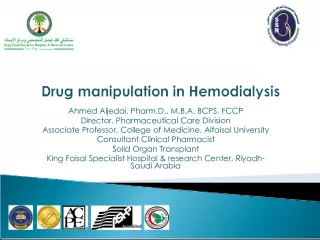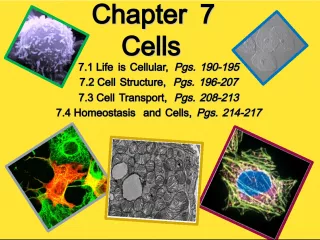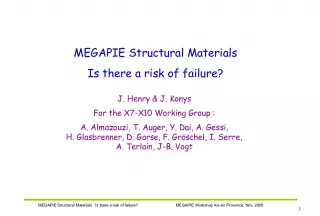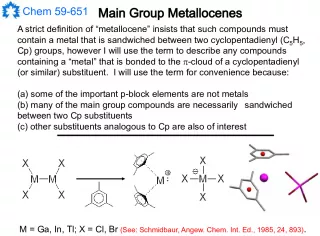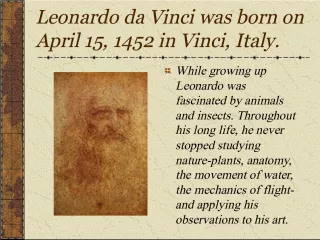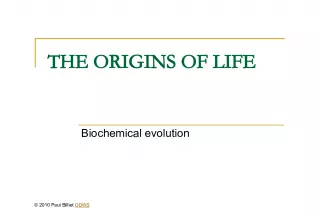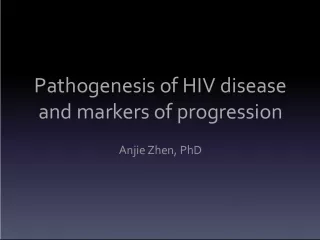Cadmium Carbonic Anhydrase (CdCA): Sustaining Life Using a Toxic Metal Ion
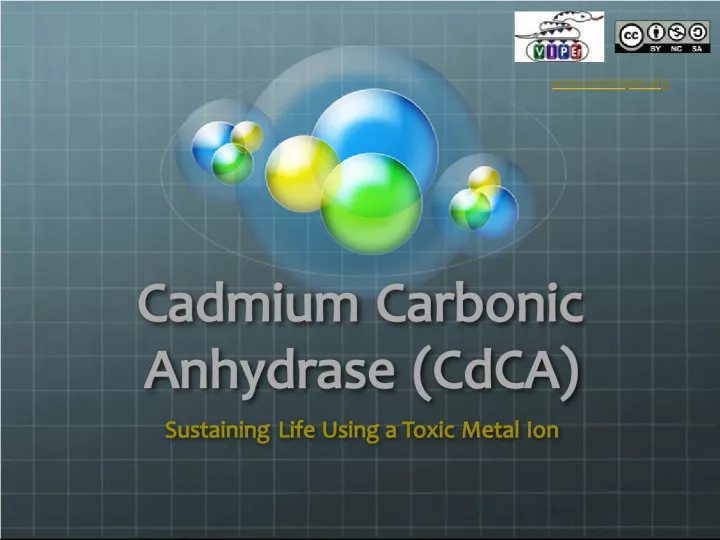

This article discusses the role of Cadmium in biological systems, which is a Group 12 metal ion that is considered toxic.
- Uploaded on | 3 Views
-
 jennie
jennie
About Cadmium Carbonic Anhydrase (CdCA): Sustaining Life Using a Toxic Metal Ion
PowerPoint presentation about 'Cadmium Carbonic Anhydrase (CdCA): Sustaining Life Using a Toxic Metal Ion'. This presentation describes the topic on This article discusses the role of Cadmium in biological systems, which is a Group 12 metal ion that is considered toxic.. The key topics included in this slideshow are . Download this presentation absolutely free.
Presentation Transcript
Slide1Cadmium Carbonic Anhydrase (CdCA) Cadmium Carbonic Anhydrase (CdCA) Sustaining Life Using a Toxic Metal Ion Sustaining Life Using a Toxic Metal Ion www.ionicviper.org
Slide2Cadmium in Biological Systems Cadmium in Biological Systems Group 12 metal ions are considered essential (Zn 2+ ) or toxic (Cd 2+ and Hg 2+ ) to biological systems Group 12 metal ions are considered essential (Zn 2+ ) or toxic (Cd 2+ and Hg 2+ ) to biological systems Typically, Cd 2+ ion presence in biological systems triggers glutathione (pictured below) and metallothionein sequestration Typically, Cd 2+ ion presence in biological systems triggers glutathione (pictured below) and metallothionein sequestration www.ionicviper.org
Slide3Carbonic Anhydrases Carbonic Anhydrases Catalytic metalloproteins that interconvert CO 2 and H 2 O to HCO 3 - and H + Catalytic metalloproteins that interconvert CO 2 and H 2 O to HCO 3 - and H + Used in animals to transport CO 2 out of muscles and maintain blood pH balance Used in animals to transport CO 2 out of muscles and maintain blood pH balance Used by plants to concentrate CO 2 prior to photosynthesis Used by plants to concentrate CO 2 prior to photosynthesis Typically the active site comprises a tetrahedrally coordinated Zn 2+ ion surrounded by three histidine residues and one aqua or bicarbonato ligand Typically the active site comprises a tetrahedrally coordinated Zn 2+ ion surrounded by three histidine residues and one aqua or bicarbonato ligand Figure generated from PDB file 1CAM using Ligand Explorer www.ionicviper.org
Slide4CdCAs in Marine Phytoplankton CdCAs in Marine Phytoplankton Oceanic environment of diatoms is Zn 2+ deficient Oceanic environment of diatoms is Zn 2+ deficient Some diatom CAs have adapted to incorporate Cd 2+ in place of Zn 2+ based on bioavailability Some diatom CAs have adapted to incorporate Cd 2+ in place of Zn 2+ based on bioavailability In accordance with HSAB theory, to accommodate the comparatively soft acid Cd 2+ , the CA “ligand” now incorporates cysteine in place of two of the histidine residues In accordance with HSAB theory, to accommodate the comparatively soft acid Cd 2+ , the CA “ligand” now incorporates cysteine in place of two of the histidine residues Figure generated from PDB file 3BOB using Ligand Explorer www.ionicviper.org
Slide5SummarySummary HASB theory is exemplified by CA “ligands” that adapt to accommodate alternate active site metal ions ( Zn 2+ vs. Cd 2+ ) HASB theory is exemplified by CA “ligands” that adapt to accommodate alternate active site metal ions ( Zn 2+ vs. Cd 2+ ) Tetrahedrally coordinated active sites persist for CAs: Tetrahedrally coordinated active sites persist for CAs: Zn 2+ = 3 histidine residues and aqua or bicarbonato ligands Zn 2+ = 3 histidine residues and aqua or bicarbonato ligands Cd 2+ = 1 histidine and 2 cysteine residues, and aqua or bicarbonato ligands Cd 2+ = 1 histidine and 2 cysteine residues, and aqua or bicarbonato ligands The resulting CAs are sufficiently robust to prevent metal ion release and subsequent toxicity The resulting CAs are sufficiently robust to prevent metal ion release and subsequent toxicity www.ionicvziper.org



